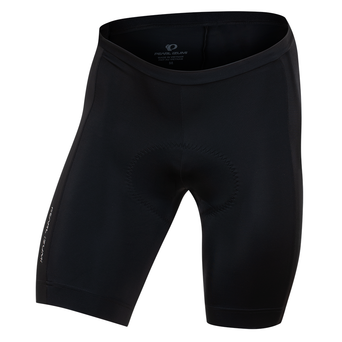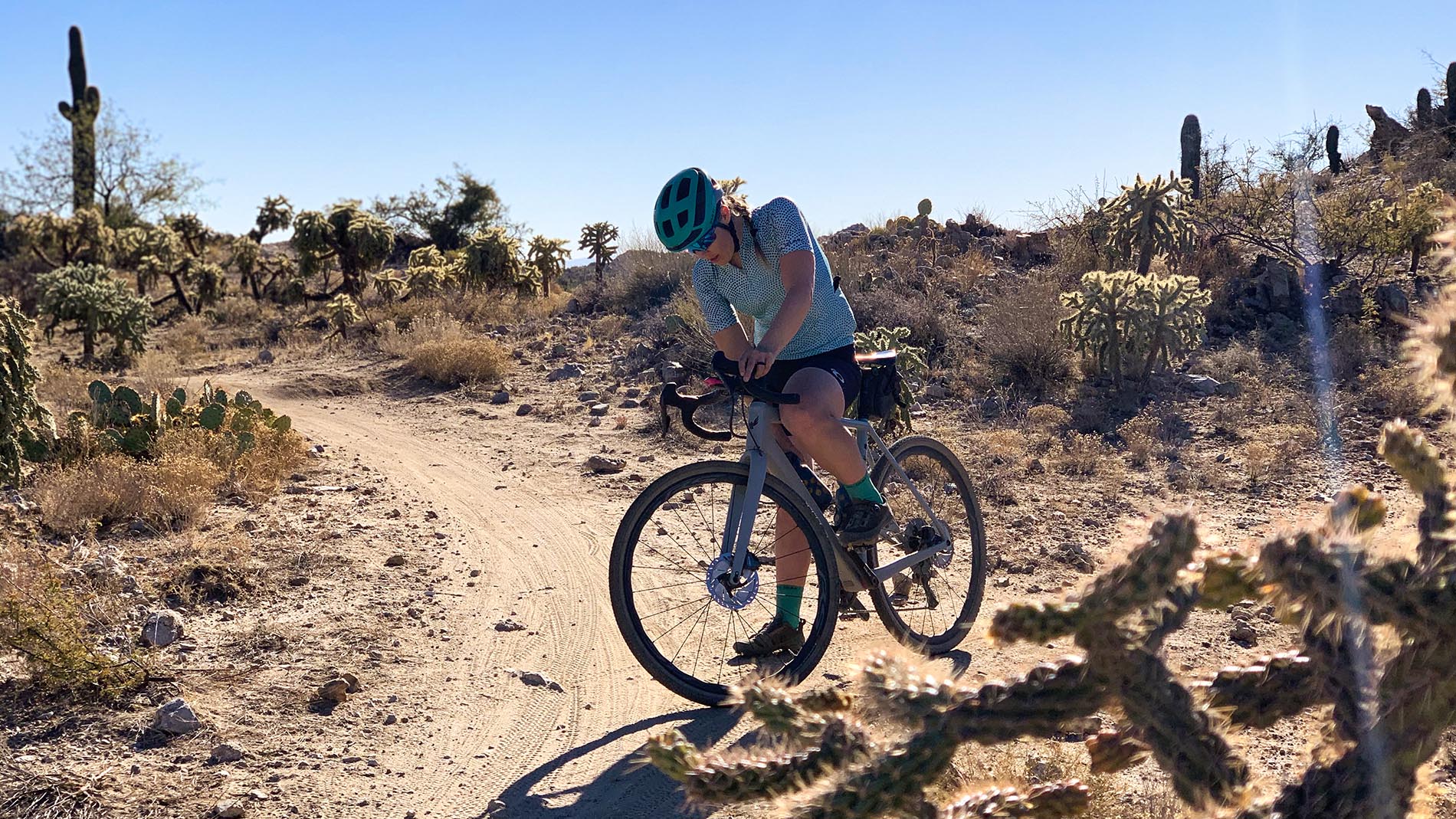A few years back, I began taking notice of a new player in the bike industry from my hometown of Bend, Oregon. They were creating a truly innovative new product that really disrupted the status quo of tire technology. At the same time, performance tire technology was already in the midst of another major adoption curve. Until very recently, CushCore was only producing their specialty foam tire core inserts for mountain bike applications. Nothing against mountain biking, but I was still riding on the tarmac far more often than not during that period, so my curiosity remained just that.
The brand is now making a version of that same tire insert tailored to the gravel/cyclocross market. I may be biased, as more of a gravel aficionado than a mountain biker these days. Still, I think they’ve struck gold with the crossover application. Let me explain why.


One of CushCore’s primary selling points is its ability to give an extra layer of suspension through additional vibration damping through the bike’s two primary contact points. Tubeless tires are great, but the insert adds something more. Let’s consider an analogy. Have you ever dropped a hollow rubber air chamber on the pavement and watched its response? Imagine a standard basketball. After a drop, it springs back to almost the same height from which it was dropped. Now imagine filling that ball with a solid medium. Whether that be sand, water, or gummy bears, the ball is now going to behave dramatically differently as it is dropped under the exact same physical and environmental conditions.
CushCore has taken that concept and applied it to the bicycle tire. Obviously, this system needs to vary in size based on the volume of the tire. But it’s a relatively simple application of a fairly simple principle, providing rather profound results in an otherwise inherently harsh riding platform: the fully rigid, drop-bar gravel or cyclocross bike.
Clearly, vibration damping is not the ultimate goal of the average gravel rider when it comes to bike choice. Otherwise, they’d simply be out there riding SBT GRVL on their full-suspension trail bike. But at a mere 120 grams of added weight, albeit rotational weight, the benefits of this system far outweigh the drawbacks for all but the most die-hard weight weenies out there amongst us. (For reference, that’s about a third the weight of the average carbon handlebar.)

This particular benefit, vibration damping, is more important than us drop-bar riders often consider. Over the course of a 5-10 hour gravel race or ride, this quality can have numerous benefits. Not only does this system allow us to ride faster through the rougher bits of our route, but it also allows us to ride more efficiently on the vast majority of unpaved road or trail surfaces. The cumulative effect of increased vibration damping (assuming that we don’t trade that benefit for substantially heavier system weight) leaves us less tired at the end of the day. And it also effectively reduces rolling resistance, compounding both of those effects.
Other than the “suspension” factor, there are several other significant benefits to this system. Two of my favorites are improved cornering by reducing (if not altogether eliminating) tire rollover and preventing flats. I’ve had substantially fewer flats since embracing the tubeless tire. However, when I’m riding flat-out, especially in the racing environment, flats do still occur. The tire insert system won’t likely help you with a puncture or abrasion-type flats. Look for a good sealant and plug kit to assist you there, with or without inserts. By adding these inserts, the impact is substantially reduced, not only potentially saving your day but also likely protecting your expensive carbon rim from damage.
With this system, you effectively reduce dead space to the inside of the tubeless tire setup, filling the void and adding a new type of functional performance without any other system changes. Therefore, a tubeless tire running a tire insert is still tubeless, set up almost identical to a standard tubeless system. But it’s a nuanced tubeless setup that shouldn’t be overlooked. The added system weight is insubstantial, while the performance gains are tremendous (for any rider level). And the price is substantially less than any other performance improvement of equal benefit that you could add to your setup.
To be sure, other brands are making similar tire insert systems, such as Vittoria, Tannus, and others. But as an independent northwest brand with a tested track record in the mountain bike space – plus several world-class athlete endorsements to back that up – it’s not hard to claim CushCore as my favorite. And no, they don’t pay me to say this.


As far as installation, I’ll admit that I was a bit intimidated by the setup process at first. I hear that it can be a bit of a bear with some wheel/tire combos. But after watching my mechanic install my personal set of CushCore’s on my ENVE G23’s, I decided to give it a go myself with a set of inserts I ordered for my wife’s bike. Nicole’s alloy Shimano Acceleration Concept wheels are fairly standard modern wheels. But for what it’s worth, I managed the install just fine with nothing more than I would use for a typical tubeless setup. That is: a tire lever, a rechargeable air cylinder (I like this Blast), a floor pump (to charge the high-pressure cylinder), and some sealant (many have sworn allegiances here, and I have my own that avoid names beginning and ending with s). If you find some bead resistance, depending on the tire/rim combo, spraying them with soapy water eases the process. And using the rim of a plastic trash can as a workstation can help tremendously. And one step that I did find to be very useful was being sure to “drop the bead” all the way around both sides of the tire as you go. The video explains this trick in-depth, as well as a thorough recap of the entire process.


Whichever system you end up buying, tire inserts are the future. And the irony of that statement is not aging well. About one year ago, I contributed to this very blog with a thorough review of tubeless technology. The benefits of tubeless over a traditional tubed system are no longer even debated. But just when we thought we had this tire game figured out, enter the tire insert.
Part of me wants to keep this as my own little performance secret in the hopes that racing eventually resumes and I can gain an edge on my competition. But then I remember the fate of all truly innovative technological advancements in the cycling world. The best stuff, no matter how hard we try, doesn’t stay secret for long. And who am I kidding? All the fastest girls and guys I know already ride this system.






